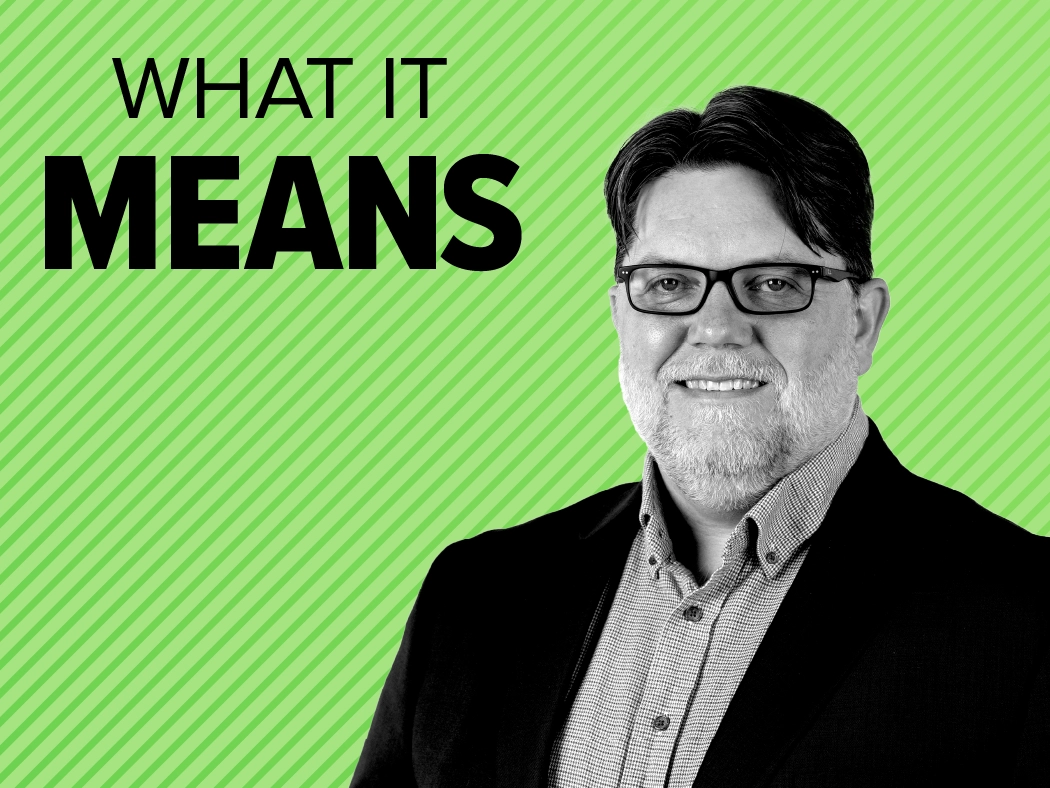Featuring:
Brent Ellis, Senior Analyst
Show Notes:
Would it surprise you to know that more than half of enterprise hardware decision-makers polled in 2023 said they plan to expand their use of mainframes in the future? It’s true. Mainframes aren’t dying; in fact, they’re expanding in many enterprise organizations. And that’s just one of the mainframe myths busted when Senior Analyst Brent Ellis joins the podcast to discuss the latest trends and future outlook (yes, there is a future outlook) for mainframes.
The episode starts by disputing the belief that mainframes are dying out or in rapid decline. While there aren’t many (any?) new mainframe systems being deployed, the existing ones do their jobs so well that many IT organizations have no plans to move important workloads off of the mainframe. In fact, many are expanding their use for things like large-batch transaction processing, partly because moving those transaction-heavy workloads to the cloud could be very expensive. If it ain’t broke, why fix it?
Another myth discussed in this episode is the perception that no one is investing in or modernizing existing mainframes. In fact, a thriving ecosystem of service providers is bringing some innovation to mainframes. And Ellis says recent survey responses show that enterprises are modernizing mainframes in various ways, including updating code for some of the more important workloads (assuming they can find qualified coders). He also sees more organizations adopting DevOps and continuous integration/continuous delivery (CI/CD) pipelines within their mainframe development architecture and improving observability for mainframe workloads.
And the primary hardware vendor in the space, IBM, has been adding higher and higher bandwidth connections to its hardware and actually added an AI inferencing engine to the chip that powers its most recent mainframe.
The last myth discussed is the idea that there is no mainframe talent available today, anywhere. Ellis acknowledges a shortage of mainframe skills but points out that there are programs and internships available to educate and train new mainframe developers and managers. And there are people who are having a second career, coming out of retirement to work on mainframes. “You have people who have been working on the mainframe for 40 years who are acquiring new skills and learning how to integrate cloud into this environment that they started working on in the mid ‘80s before the cloud existed,” he says.
Additionally, there are new internships and training programs focused on mainframes available through vendors, industry groups, and even some colleges and universities. As testament to this fact, Ellis says that when he walks the floor at mainframe industry events from organizations such as SHARE, he sees a younger and more diverse crowd today than ever before.
The episode closes with a pointed question: What is the future of mainframes? Ellis believes mainframes will continue to exist in the enterprise for the foreseeable future, if for no other reason than that migrations take a long time. “We have software vendors that are committed to 2050 for supporting different software packages in this environment,” he says. “The longevity of the platform is really amazing to me.”




